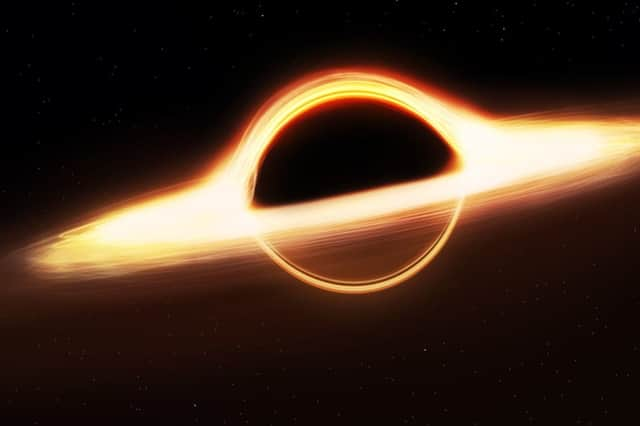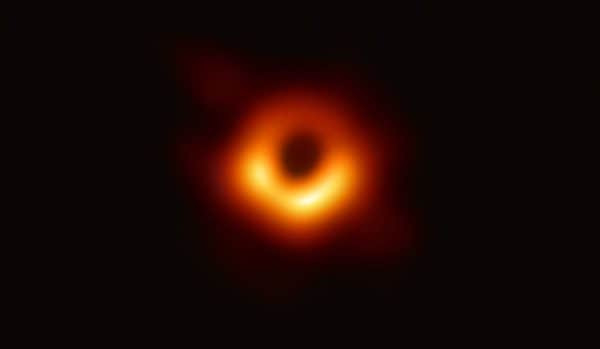A new ‘Goldilocks’ black hole has been discovered - here's what that means


A newly discovered black hole approximately 55,000 times the mass of the sun could be an “ancient relic” created before the first stars and galaxies formed, scientists have said.
Such a black hole may be the seed of the supermassive black holes which exist today and could help scientists estimate the total number of these objects in the universe, researchers said.
Advertisement
Hide AdAdvertisement
Hide AdThe discovery of the “intermediate-mass” or “Goldilocks” black hole – different to the small black holes made from stars and the supermassive giants in the core of most galaxies – is published in the journal Nature Astronomy.
How was it discovered?
The new black hole was discovered by researchers from the University of Melbourne and Monash University, through the detection of a gravitationally lensed gamma-ray burst.
The burst – a half-second flash of high-energy light emitted by a pair of merging stars – had an “echo”, caused by the intermediate-mass black hole, which bent the path of the light on its way to Earth so that astronomers saw the same flash twice.
Software developed to detect black holes from gravitational waves was adapted to then show that the two flashes were images of the same object.
Advertisement
Hide AdAdvertisement
Hide AdStudy co-author, Professor Eric Thrane, from Monash University, said: “This newly discovered black hole could be an ancient relic – a primordial black hole – created in the early universe before the first stars and galaxies formed.
“These early black holes may be the seeds of the supermassive black holes that live in the hearts of galaxies today.”
Why is the discovery ‘exciting’?
Fellow paper co-author Professor Rachel Webster, from the University of Melbourne, described the findings as “exciting”.
Researchers estimate that there are some 46,000 intermediate-mass black holes in the vicinity of the Milky Way galaxy, and Professor Webster said: “Using this new black hole candidate, we can estimate the total number of these objects in the universe.
Advertisement
Hide AdAdvertisement
Hide Ad“We predicted that this might be possible 30 years ago, and it is exciting to have discovered a strong example.”
Lead author and University of Melbourne PhD student James Paynter said the new discovery could help to shine new light on how supermassive black holes form.
He said: “While we know that these supermassive black holes lurk in the cores of most, if not all galaxies, we don’t understand how these behemoths are able to grow so large within the age of the universe.”
The first image of a black hole


The news comes just days after a new image of the supermassive M87 black hole was unveiled earlier this month (24 March), revealing a closer look at how it interacts with the matter surrounding it.
Advertisement
Hide AdAdvertisement
Hide AdThe Event Horizon Telescope (EHT) team released the first image of a black hole in 2019, revealing a bright ring-like structure with a dark central region described as the black hole’s shadow.
Researchers observed images of magnetic fields at the black hole’s edge, where some matter is falling in.
Other matter was shown being blown into space in the form of bright, powerful jets that extend at least 5,000 light years away, beyond the galaxy in which the black hole resides.
Using the same data as for their first image, the collaboration with University College London (UCL) analysed polarised light around the black hole – light whose waves are vibrating in one direction only.
Advertisement
Hide AdAdvertisement
Hide AdThe light becomes polarised when it is emitted in hot regions of space that are magnetised, and by looking at how it has become polarised, astronomers can learn about the material that produced it.
The new evidence brings researchers a step closer to understanding how these mysterious jets are produced, and how magnetic fields appear to act to keep hot gas out of the black hole, helping it resist gravity’s pull.
A version of this article originally appeared on our sister title, NationalWorld